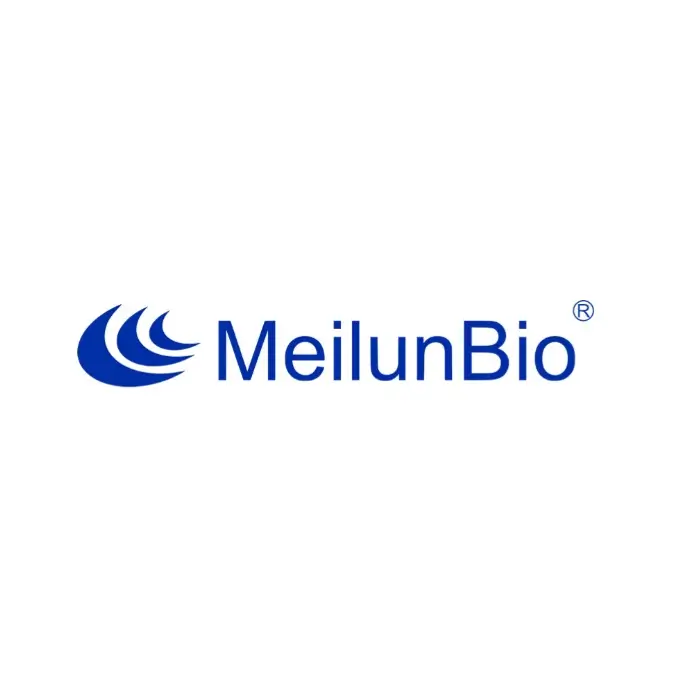| Source: | Human Cells |
| Description: | Recombinant Human C-X-C Motif Chemokine 4/Platelet Factor 4 is produced by our Mammalian expression system and the target gene encoding Glu32-Ser101 is expressed with a 6His tag at the C-terminus. |
| Accession: | P02776 |
| Known As: | Platelet Factor 4; PF-4; C-X-C Motif Chemokine 4; Iroplact; Oncostatin-A; PF4; CXCL4; SCYB4 |
| Predicted Mol Mass: | 8.8 Kda |
| Apparent Mol Mass: | 10—14 KDa, reducing conditions |
| Endotoxin: | < 1 EU/µg as determined by LAL test. |
| Formulation: | Lyophilized from a 0.2 μm filtered solution of 20mM PB, 150mM NaCl, 5% Trehalose, 5% Mannitol, 1mM EDTA, 0.02% Tween 80, pH6.0. |
| Reconstitution: | Always centrifuge tubes before opening.Do not mix by vortex or pipetting. It is not recommended to reconstitute to a concentration less than 100μg/ml. Dissolve the lyophilized protein in distilled water. Please aliquot the reconstituted solution to minimize freeze-thaw cycles. |
| Shipping: | The product is shipped at ambient temperature. Upon receipt, store it immediately at the temperature listed below. |
| Storage: | Lyophilized protein should be stored at ≤ -20°C, stable for one year after receipt. Reconstituted protein solution can be stored at 2-8°C for 2-7 days. Aliquots of reconstituted samples are stable at ≤ -20°C for 3 months. |
| Background: | Human Chemokine (C-X-C motif) Ligand 4 (CXCL4) is expressed in megakaryocytes and stored in the alpha-granules of platelets. CXCL4 contains several heparin-binding sites at the C-terminal region and binds heparin with high affinity. The active CXCL4 protein is a tetramer. Human and mouse CXCL4 share 64% sequence identity. CXCL4 is chemotactic for neutrophils, fibroblasts and monocytes and plays a critical role in inflammation and wound repair. CXCL4 functions via a splice variant of the chemokine receptor CXCR3, known as CXCR3B. The major physiologic role of CXCL4 appears to be neutralization of heparin-like molecules on the endothelial surface of blood vessels, thereby inhibiting local antithrombin III activity and promoting coagulation. In contrast to other CXC chemokines, CXCL4 lacks chemotactic activity for polymorphonuclear granulocytes. |
重组人CXC趋化因子4(CXC4)
¥1,110.00
规格: 10μg
英文名字:C-X-C Motif Chemokine 4,Human,Recombinant(C-6His)
质量标准:>95%,BR

